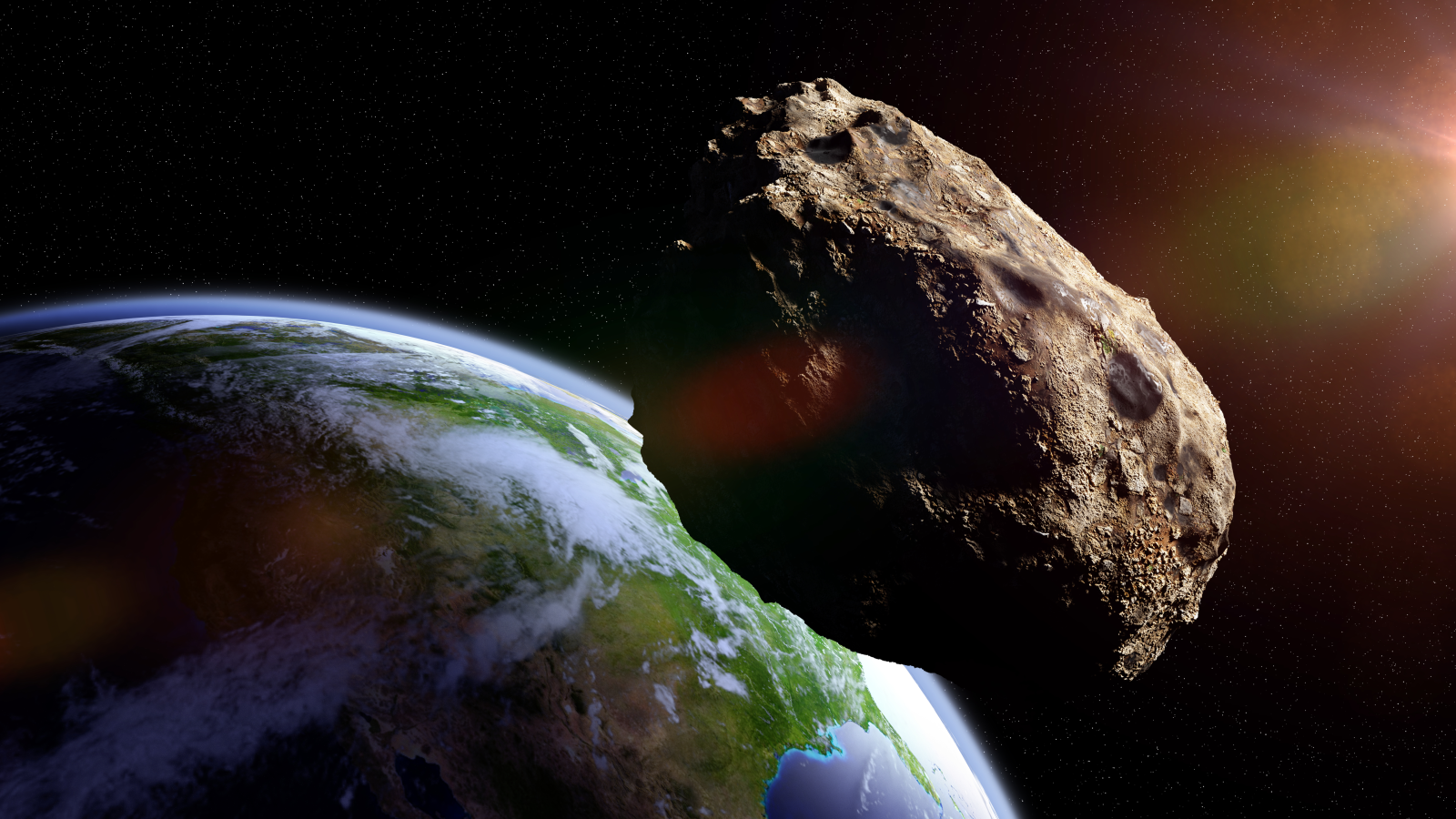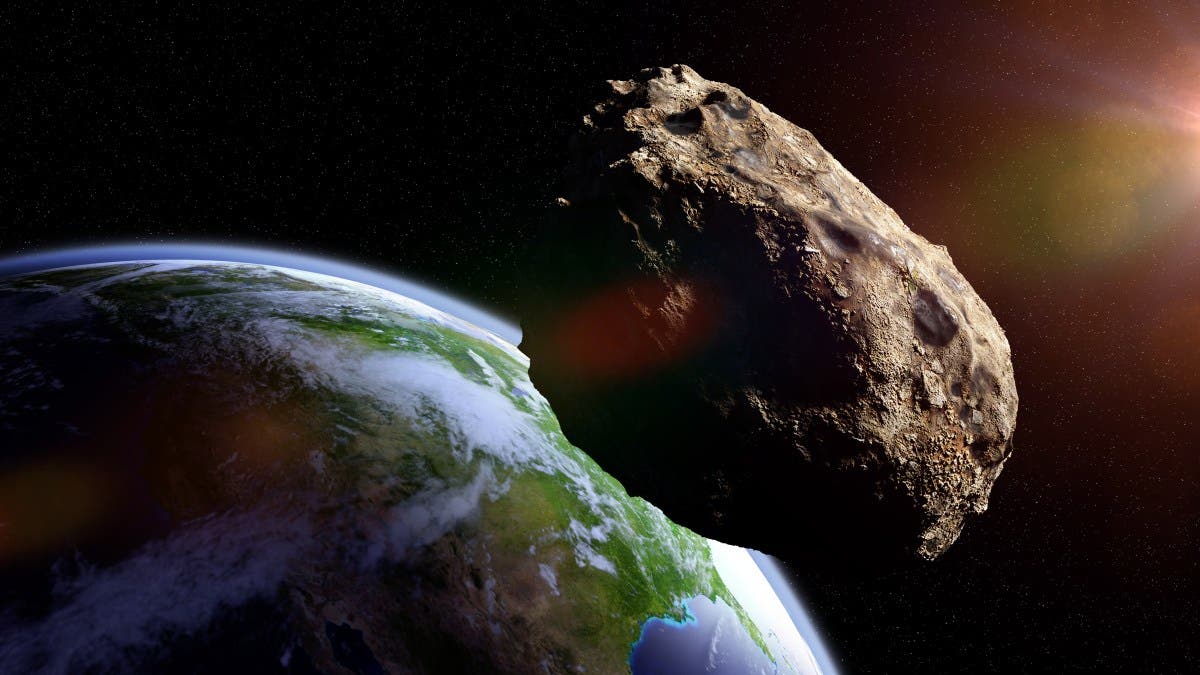An asteroid with the second-fastest unique orbit in the solar system—one that sees it traveling a complete run around our star in just 128 days—has been found hiding in the sun’s glare.
Known as 2025 SC79, the newfound asteroid—which is around 2,300 feet in diameter—was first detected on September 27 this year by Carnegie Science astronomer Scott S. Sheppard.
Crossing Mercury’s orbit in its speedy route around the sun, the newly discovered asteroid is only the second object to have been discovered that has an orbit inside of Venus.
(The fastest asteroid, also discovered by Sheppard and his team, but back in 2021, orbits the sun in a record 113 days.)
The sighting of 2025 SC79 was confirmed using the National Science Foundation’s Gemini telescope and Carnegie Science’s Magellan telescopes.

2025 SC79 is now traveling behind the sun and will be invisible to telescopes for several months. Further research is needed to learn more details about its composition, how it survives the intense heat of its proximity to the sun and its from where it might have originate.
Asteroids are small, rocky masses left over from the formation of the solar system about 4.6 billion years ago. They are found concentrated in the main asteroid belt, which lies around the sun between the orbits of Mars and Jupiter.
“The most dangerous asteroids are the most difficult to detect,” Sheppard said in a statement.
“Most asteroid research finds these objects in the dark of night, where they are easiest to spot. But asteroids that lurk near the sun can only be observed during twilight—when the sun is just about to rise or set. If these ‘twilight’ asteroids approach Earth, they could pose serious impact hazards,” he warned.
“Many of the solar system’s asteroids inhabit one of two belts of space rocks, but perturbations can send objects careening into closer orbits where they can be more challenging to spot,” Sheppard explained.
“Understanding how they arrived at these locations can help us protect our planet and also help us learn more about solar system history.”
Do you have a tip on a science story that Newsweek should be covering? Do you have a question about asteroids? Let us know via science@newsweek.com.
